When pageviews aren’t enough
Why food bloggers relying on ads need a backup plan
The question behind the clicks
If your blog relies on ads, you already know the math: traffic equals revenue. More pageviews, more payout. It’s simple, predictable.
At least, it used to be.
But lately, the math isn’t math-ing. Google shows your ingredient list right in search, so readers don’t need to click through. TikTok gives you a viral hit, but your analytics barely move. Pinterest traffic surges one week, then vanishes the next like a tide going out.
And the data backs it up:
Featured snippets and rich results now appear in over 50% of Google searches, pulling information directly into search results without requiring a click (Ahrefs).
Food bloggers relying on ads face steep seasonal RPM swings—Mediavine reports average RPMs can drop by 40–60% in January and July due to changes in advertiser budgets (Mediavine).
On paper, the platforms are “working.” People are seeing your recipes. But if they don’t land on your site, the ads don’t load, and the revenue doesn’t follow.
It’s disorienting. Like building your business on solid ground, only to realize it’s shifting sand. And for creators who depend on ad income, it doesn’t just feel fragile. It feels risky.
Meet Lila, the baker who trusted the clicks
Lila Park thought her blog, Butter & Banyan, was her golden ticket. She’s 26, living in Honolulu, half-Korean, half-Hawaiian, and fully devoted to baking. Her grandmother taught her the craft back in Busan, kneading dough for red bean buns while humming trot music. And now she mixes guava, macadamia, and mango into every recipe.
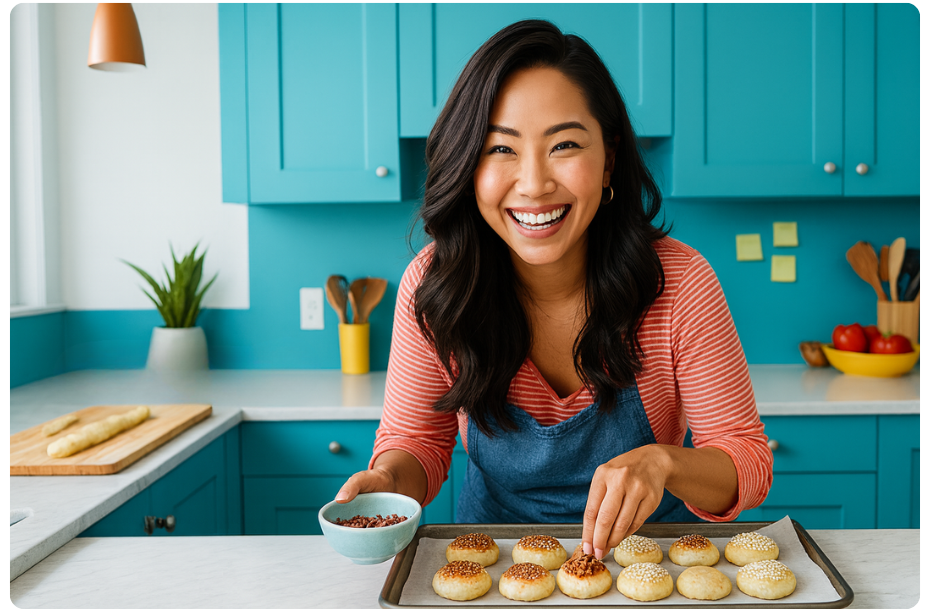
The blog blew up faster than one of her mochi muffins. Ads started paying her rent. And like many creators, she thought: “If I just keep the pageviews rolling in, the money will too.”
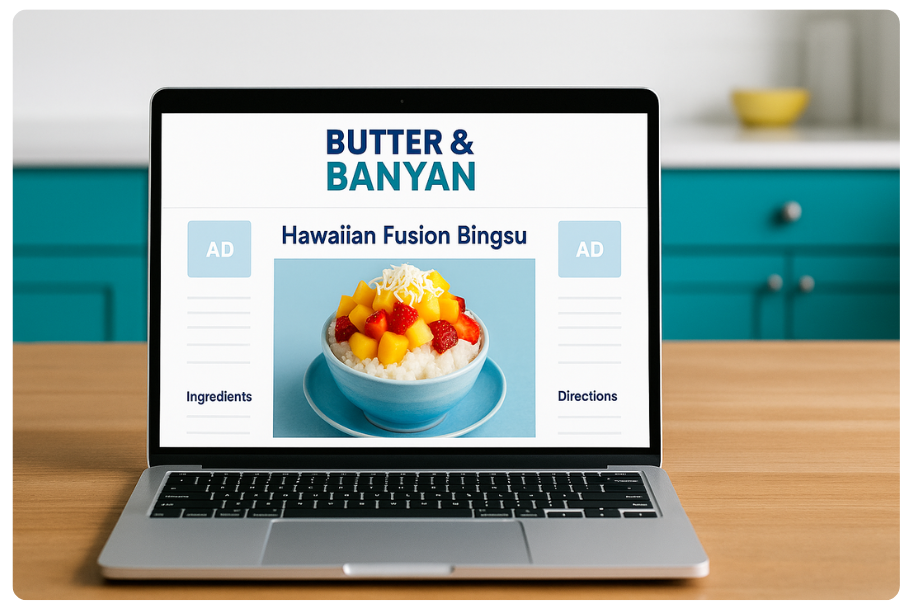
Traffic on thin ice
This summer, the cracks started showing.
Pinterest gave her a wave of traffic, then ghosted.
TikTok made her guava mochi viral, but 99% of viewers never clicked through.
Google rich results displayed her ingredient lists in search; no click required.
Suddenly, her income looked more like a soufflé: tall and puffy one minute, collapsed the next.
Her question was the same one many of you raised: If structuring my recipes makes platforms show my work without clicks, isn’t that giving them less reason to visit my blog?

The pivot: structure + strategy
Here’s where Lila got smart.
She structured her recipes properly (schema markup, clear ingredient fields, consistent formatting). But she didn’t stop there. She diversified:
Email list: She tucked a sign-up form into her recipe cards: “Want more guava bakes? Get them in your inbox before the crumbs are gone.”
TikTok Shop: She linked guava paste and rice flour kits directly in her viral videos. Suddenly, views meant affiliate revenue, not just empty likes.
Partnerships: With her content already structured, she pitched a local Hawaiian bakery chain to license three recipes. They said yes because her recipes weren’t just pretty blog posts; they had clear ingredient data, step-by-step instructions, and metadata already organized. In other words, the bakery’s web team could plug her recipes directly into their system without retyping or reformatting.
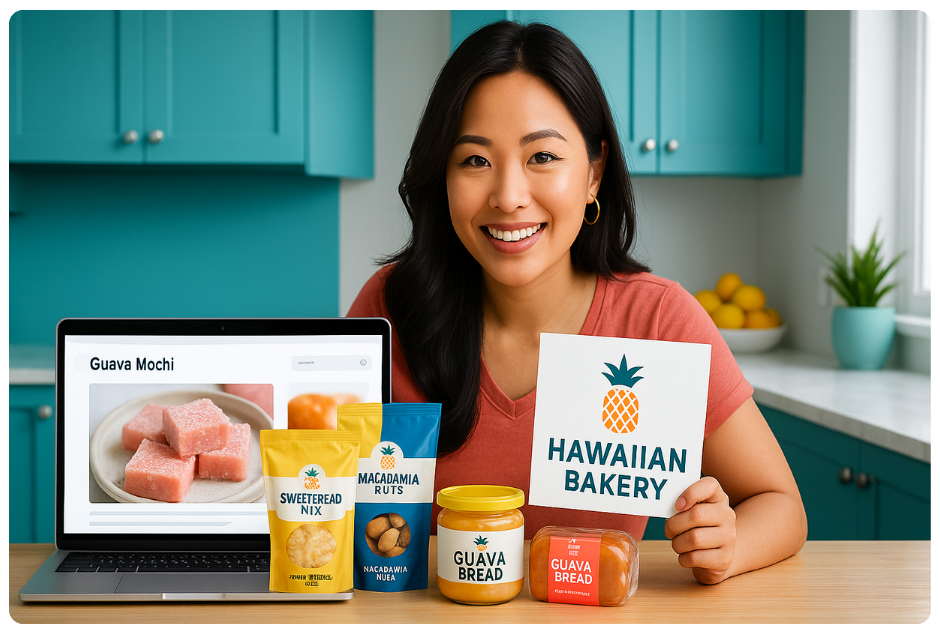
Three months later, ads weren’t her only safety net. She had a list, affiliate sales, and her first licensing deal. Her pageviews still mattered, but her business didn’t crumble when they dipped.
Vocab of the Week: Structured Content
Structured content means organizing your recipe (or any content) in a consistent, machine-readable way, like putting ingredients in a defined “ingredients” field, instructions in “steps,” and tagging prep times, servings, or cuisine type.
Why it matters: search engines, platforms, and even potential partners can understand and reuse your content more easily. It’s like labeling the shelves in your pantry so anyone walking in knows exactly where the flour, sugar, and salt live.
The Blueberri Stack
Food tech news that matters for food creators
Pinterest gets smarter with recipes
TechCrunch reports Pinterest is rolling out AI-driven recipe recommendations and “shop the ingredients.”
Why it matters: If your recipes aren’t structured, you won’t show up in those recommendations. Translation: fewer eyeballs, fewer ad pennies.
TikTok Shop wants to sell your ingredient kits
TikTok Shop is testing recipe-ready bundles in the U.S.
Why it matters: This could be new revenue for you, but only if your ingredient lists are structured well enough to be pulled in.
Google tweaks recipe schema rules (again)
Search Engine Journal shared Google’s updated guidance on recipe-rich results.
Why it matters: Outdated plugins = missed rich results = lost traffic. Don’t let your schema be stale.
Recipes & Roadmaps: Ladle
I interviewed Sumati Sharan, founder of Ladle, who isn’t just making another recipe app, she’s building a personalization engine for the way we eat.
For bloggers like Lila, that means one thing: platforms want structure. The better you organize your recipes, the more doors you open.
Something I haven’t shared anywhere else
For the next several months, I’ll be writing a book.
I haven’t finalized the name yet, and I’m not ready to share all the details publicly. But I want to let you in because you’ve kept reading Blueberri Pi week after week. This newsletter is where I’ll share the behind-the-scenes, the struggles, and the sparks of clarity along the way.
Why am I writing it? Because I want to change how content is understood and valued. For too long, the conversation has been focused only on traffic and going viral, when what we really need are frameworks that protect creativity and give us more control over our own work.
And this isn’t just a food blogging issue. The same challenges exist whether you create content, manage it, design it, engineer it, or run the operations behind it. Platforms are shifting, systems are fragile, and the people doing the work are often left holding the pieces.
The best books start with the change you want to see in the world. For me, that change is simple: content deserves to be discoverable, sustainable, and resilient, no matter who’s making it or where it lives.
So while I’ll spend the coming months writing and rewriting, I’ll also be sharing pieces of that journey with you here. Think of this as the quiet corner of the internet where the book will slowly take shape.
Comments are open. What would make this book matter to you? I’ll be writing for months, so keep me honest: what absolutely needs to make it in this book?
Partnerships > pageviews
Want to diversify beyond ads just like Lila? The Tech Partnerships Playbook gives you scripts, templates, and examples to pitch and land collaborations with food tech companies.
Don’t build your blog on soufflé traffic. Structure it, diversify it, and make sure your recipes work for you, not just the platforms.
Thanks for showing up.
Your friend in food,
Sandie



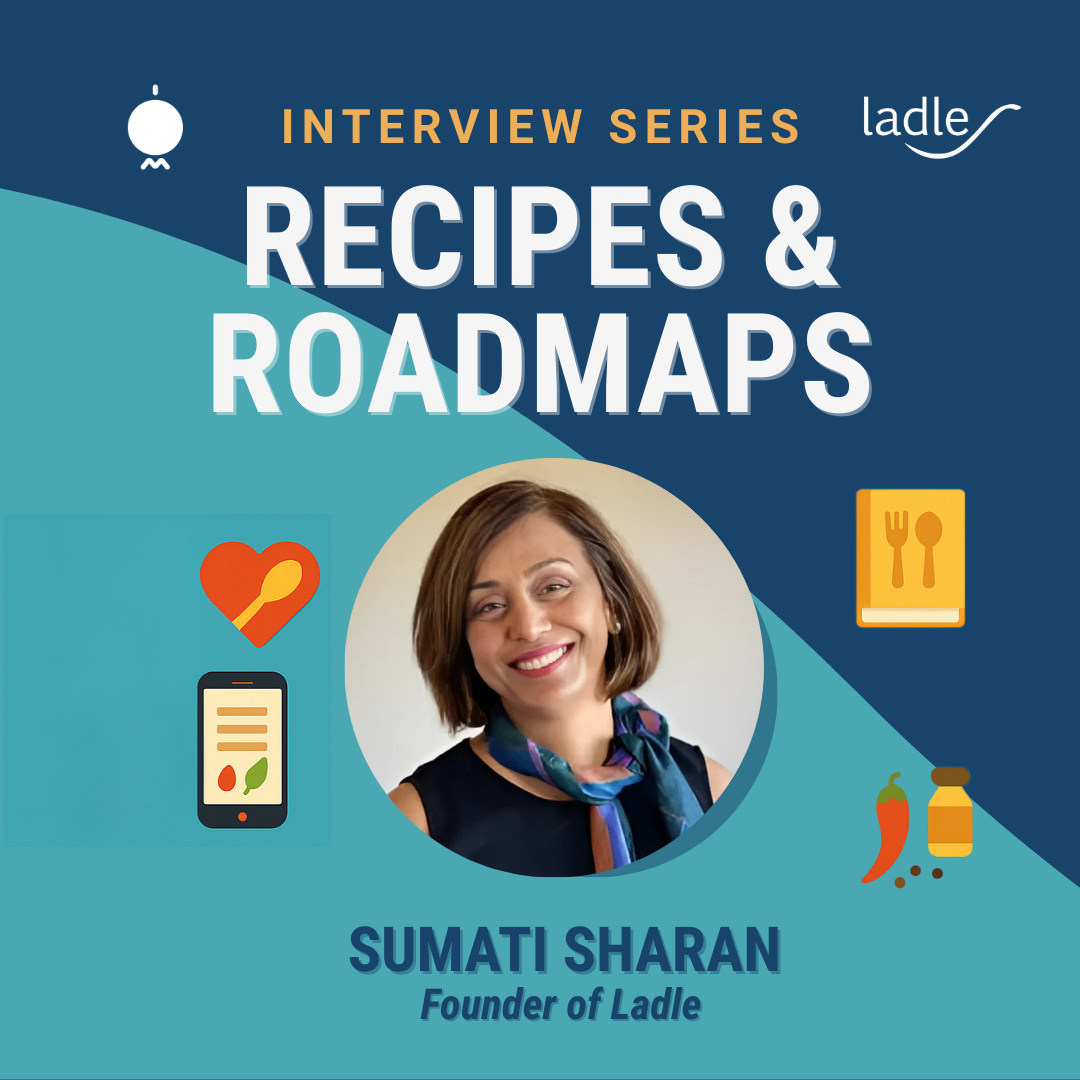
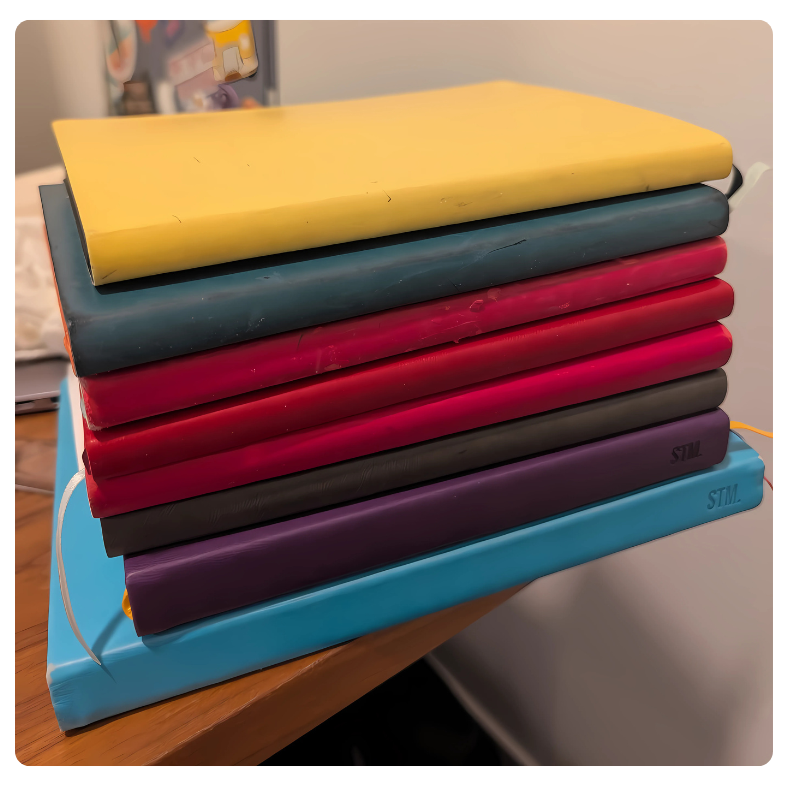
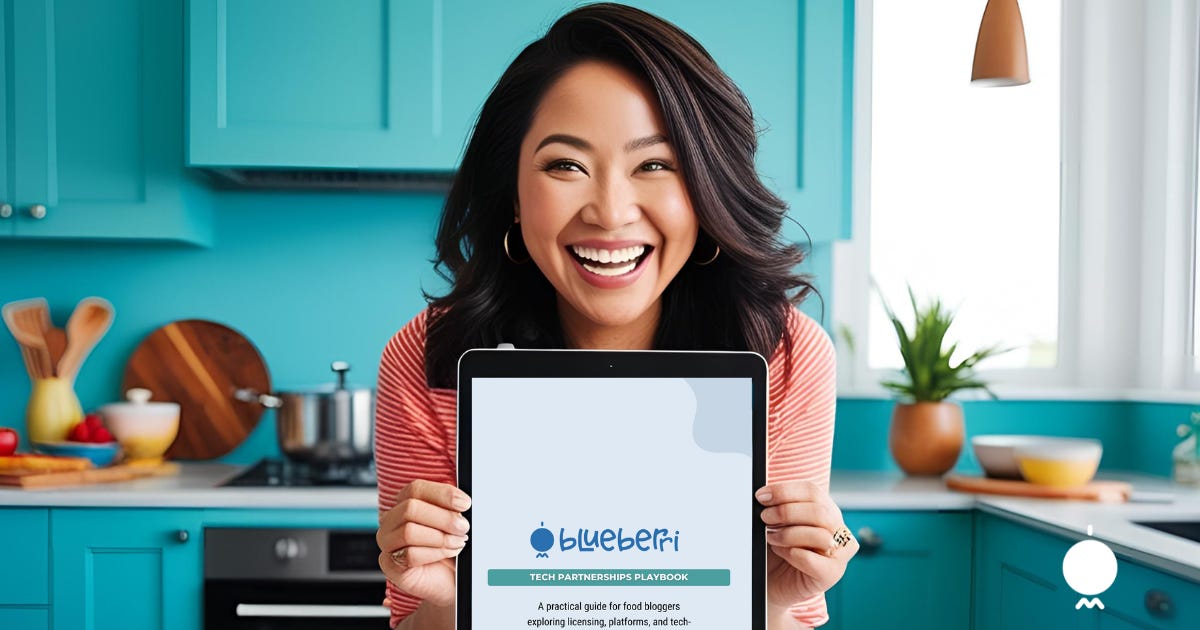
Fabulous read (and great food analogies!) Well done :)